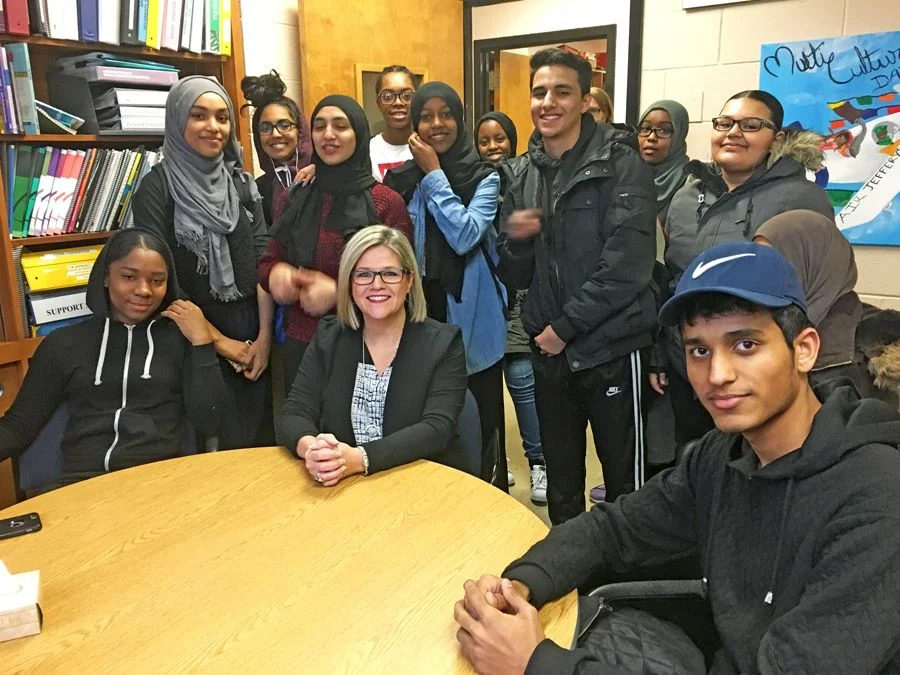***Special Winter Story***I’m repeating it in my head. Saying it over, and over again, and loudly, so that maybe I’ll start to believe it, to live it. The lights around me are twinkling, glittering, hopelessly trying to make this grim day shine. The songs are playing on a loop, both in my head and on the radio.“Tis the season to be jolly,”Teeth chattering and wheezy, I stomp my frozen feet trying to bring back some feeling, any feeling.In the distance there are children hurrying home, away from the flint-grey skies, with ears on fire and icy-blue because they refused to wear a hat. My boots crunch over the dead leaves as I saunter home, wind howling and nipping at my frosted skin. The first signs of winter grew boldly. My eyes gaze over my surroundings; the cold winds have peeled away every last leaf that clung desperately onto the branches of the giant tree just a few hours ago. Appearing barren and succumbing to its mighty will, fall surrendered, cowering in the past.My clothes feel damp and my eyes heavy.“Fa la la la la, la la la la,”High above me the dark clouds hang, commanding winter to come forward. There is no horizon, just grey. Defeated, I reach my home grievously trying to leave this day behind me just as the icy layers begin to lower down. I dare not look back upon a world so stark and bereft of colour.When it settled, the empty skies fell silent and a gentle hush from the wind cloaked the land, still strong enough to steal your breath. I stare into the fire I have made, watching the fleeting flames as they crackle and pop back at me before hissing to life again. I emerge from my den, intrigued as to what my frigid world, so grey and dark, has become.Opening the door, the cool air hit me. While the snow flakes dance and shimmer around me, I stare across the snowcapped trees and catch a glimpse of what’s to come. I step forward, leaving behind the empty shell of who I once was. Before me the path glistens, taking on a multitude of colours the way crystals often do, yet ice and snow on broken concrete is all it is. All this beauty over everything dead, but colours appear brighter against the pure white blanket.Finally looking up, I see the snow delicately falling, feather-like, gently kissing my cheeks before melting. Flushed with relief, cheeks burning from the cold, I feel lighter. Fresh sheets of snow cover everything; untouched, untainted, unharmed. Snow has a grace and elegance so pure, soothing to the hard edges of the cold world.The milky moon hung in the sky as only an ornament could. The frosty air swirls around me making my bare hands tingle, while silhouettes of winter branches cascade over the ground. I realize I’m just standing there, letting the world move around me. Everything can seem so desolate at times, but winter is a wonderland.










